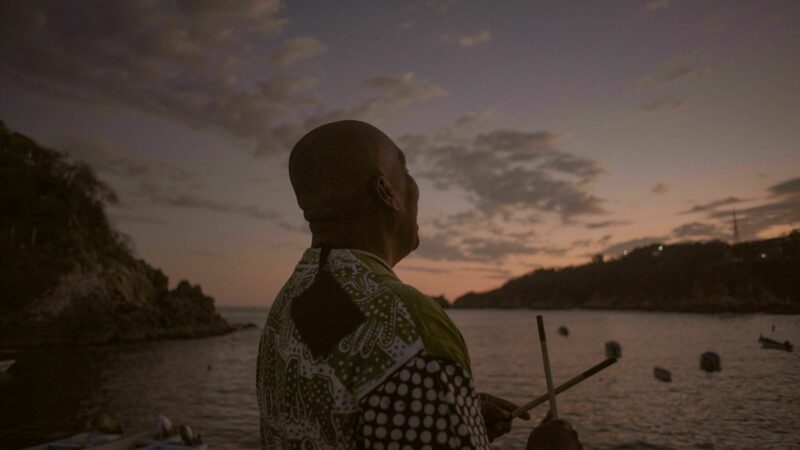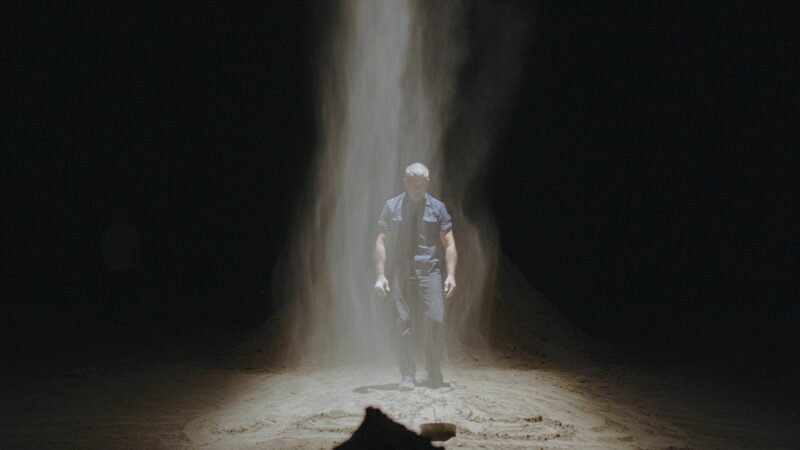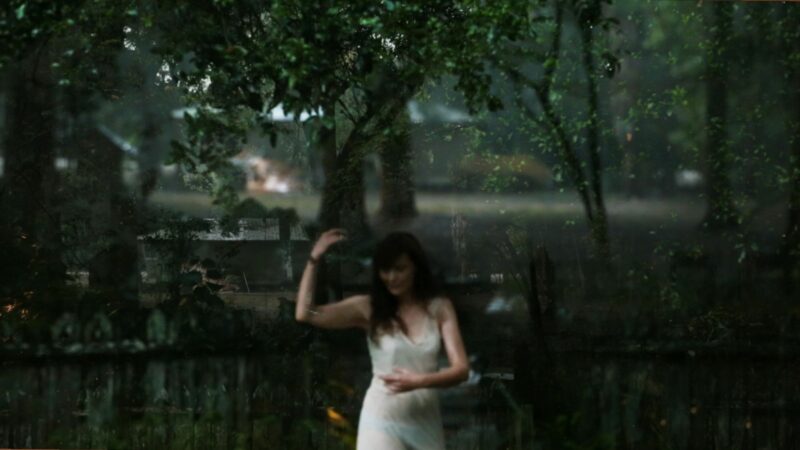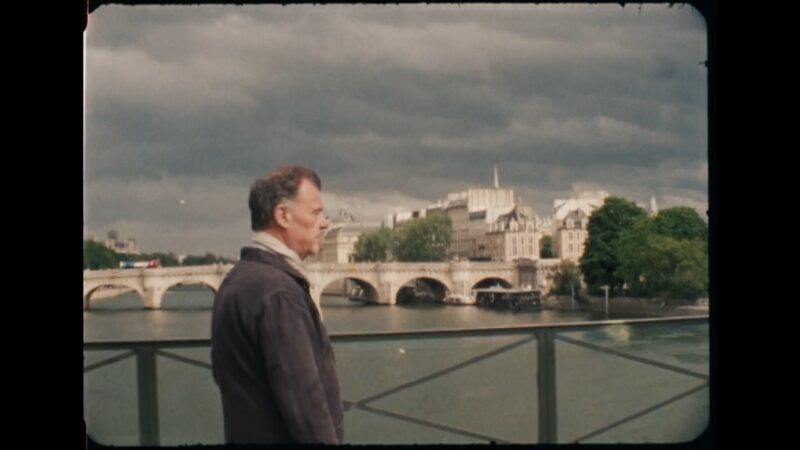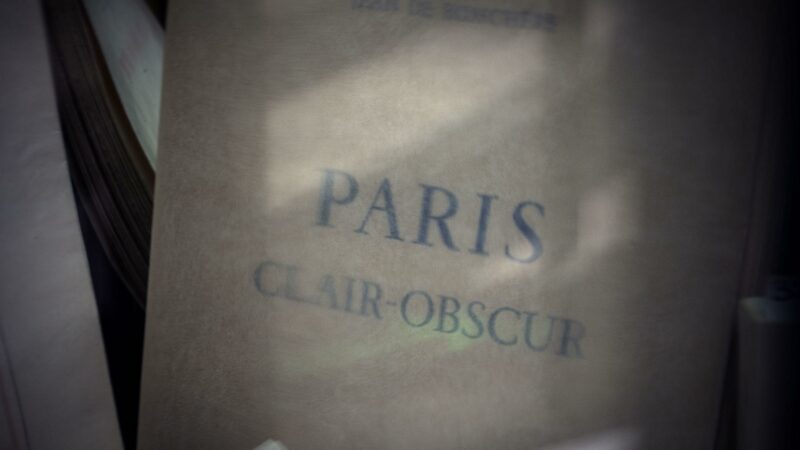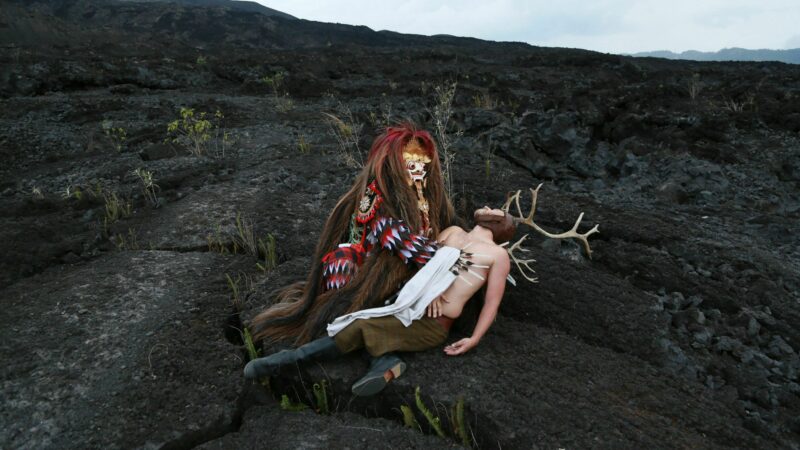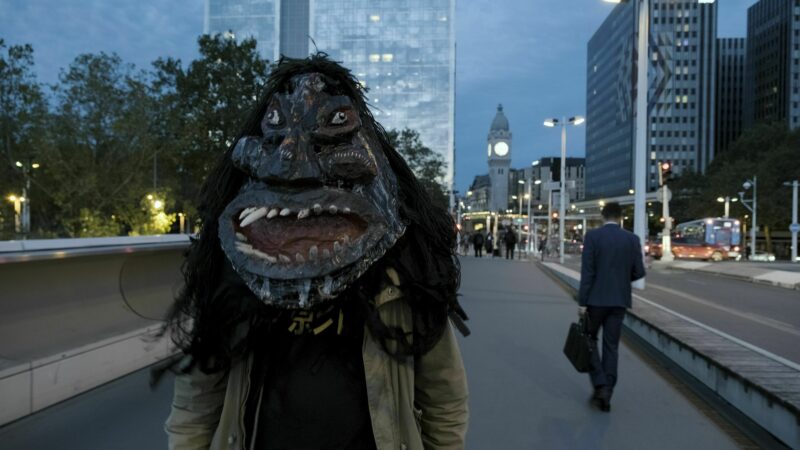
44th International Festival of Films on Art — March 12 to 29, 2026 —
44th International Festival of Films on Art — March 12 to 29, 2026 —

Major Partners

11.14.2025
X‑raying loneliness | New collection on ARTS.FILM

11.11.2025
Online benefit auction from November 27 to December 7

10.29.2025
FOCUS MEXICO | 7 free movies on ARTS.FILM from Oct. 31 to Nov. 30

10.22.2025
Philippe U. del DRAGO, winner of the 2025 SAMUEL DE CHAMPLAIN PRIZE

10.19.2025
WHEN ARCHITECTURE MEETS CINEMA

10.17.2025
The art of the selfie | New collection on ARTS.FILM

10.06.2025
The “Indigeneities of the Americas” programme at the Canadian Cultural Centre in Paris

10.03.2025
To Show Off at Parties|New collection on ARTS.FILM

10.01.2025
The International Festival of Films on Art Invited at Palazzo Grassi in Venice

09.30.2025
Kite Zo A (Leave the Bones) by Kaveh Nabatian | Free Film on ARTS.FILM

09.18.2025
Literature Puts on Its Cinema|New collection on ARTS.FILM

09.09.2025
QUEBEC CINEMA IN SPAIN ON THE CAIXAFORUM+ PLATFORM


Monday, November 17
Monday
November 17
6:00 p.m.
SO SURREAL: BEHIND THE MASKS by Neil Diamond et Joanne Robertson | Cinéma Public (Montréal, Canada)
Presented in partnership with the Goethe-Institut, Nigra Iuventa, and Cinéma Public, this event is part of the international symposium RAN – Networks of the Black Atlantic: Heritage, Knowledge, and Solidarities, a project by Nigra Iuventa organized in collaboration with the Consulate General of France in Quebec and the Goethe-Institut Montreal. The symposium will take place in Montreal from November 18 to 22, 2025. This film tells the little-known story of the profound influence of Yup’ik (Alaska) and Kwakwakawakw (Northwest Coast) masks on some of the greatest artists of modern times: the surrealists.
Wednesday, November 19
Wednesday
November 19
7:00 p.m.
The Fire Within: A Requiem for Katia and Maurice Krafft by Werner Herzog | Cinémathèque québécoise (Montréal, Canada)
In collaboration with the Cinémathèque québécoise, Werner Herzog draws upon the captivating film archives of renowned volcanologists Katia and Maurice Krafft to celebrate, with both power and poetry, the life of this unique couple of researchers and image-makers, tragically cut short in 1991. This film breathes new life into their stunning footage and pays a heartfelt tribute to these legendary figures.
Thursday, November 20
Thursday
November 20
6:00 p.m.
SO SURREAL : BEHIND THE MASKS by Neil Diamond and Joanne Robertson | Musée du Quai Branly Jacques Chirac (Paris, France)
SPECIAL MENTION FIFA 43 AWARD – Presented in collaboration with le Musée du Quai Branly Jacques Chirac and the association De la Plume à l’Écran, this film tells the little-known story of the profound influence of Yup’ik (Alaska) and Kwakwakawakw (Northwest Coast) masks on some of the greatest artists of modern times: the surrealists. — In the presence of director Neil Diamond.
Thursday, November 20
Thursday
November 20
7:30 p.m.
COZIC by Céline B. La Terreur et Etienne Desrosiers | STATION VU (MONTRÉAL, CANADA)
Presented in collaboration with STATION VU, this screening will be a heartfelt tribute to the singular duo Cozic, formed by Monic Brassard and Yvon Cozic (1942 – 2025), where art, love, and ecological awareness intertwine in a body of work that reflects its creators — joyfully unclassifiable.






A
R
T
S
A
R
T
S
.
F
I
L
M
.
F
I
L
M
Anytime, anywhere in Canada : Discover films on art on ARTS.FILM, starting March 29th!























